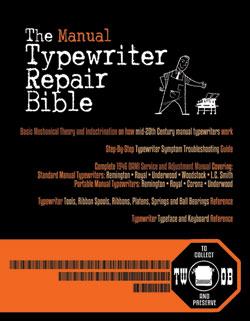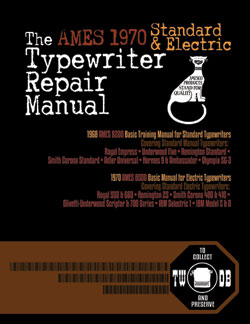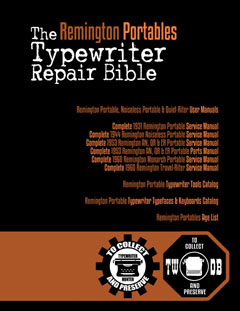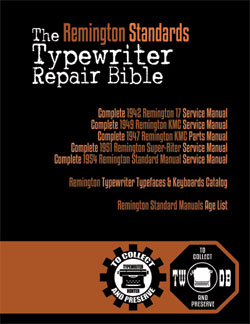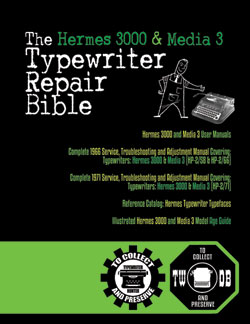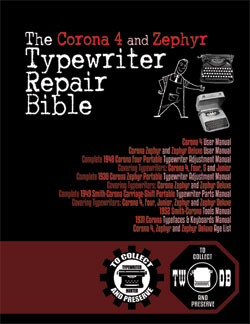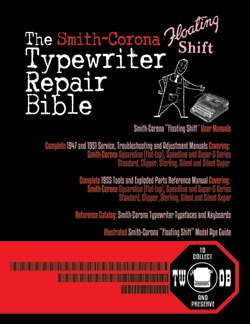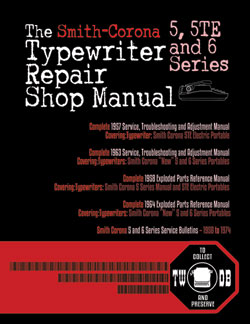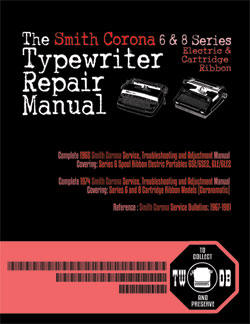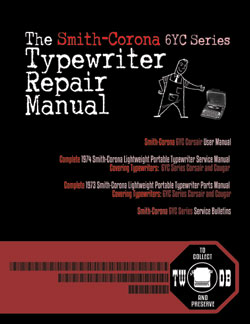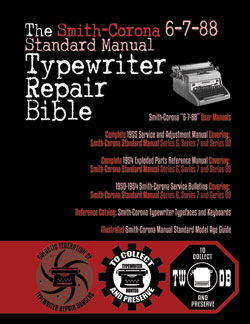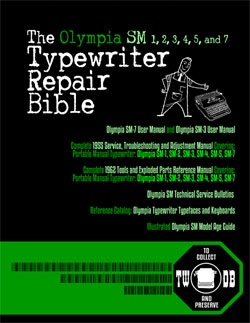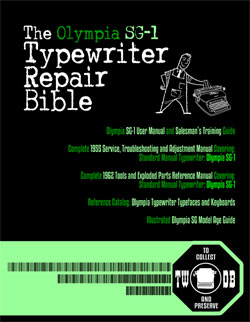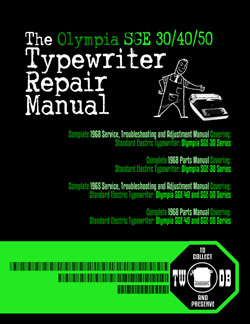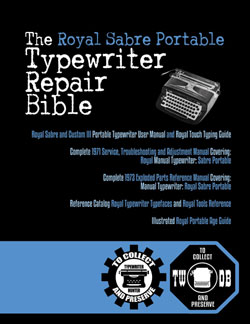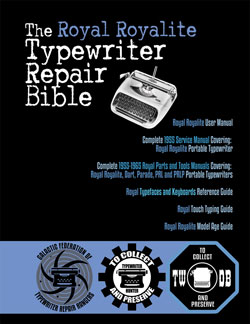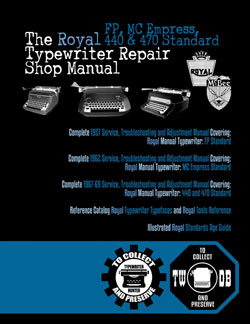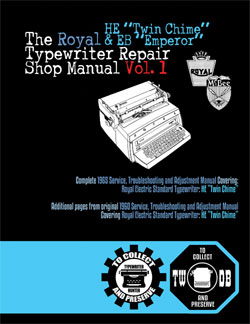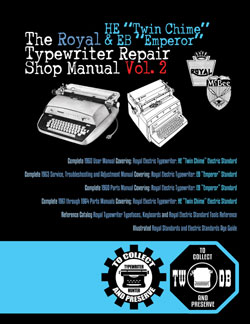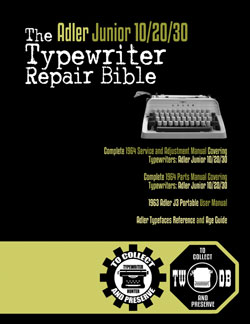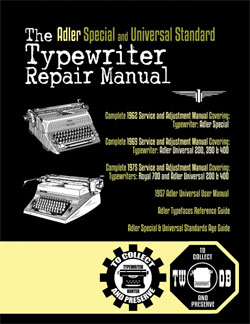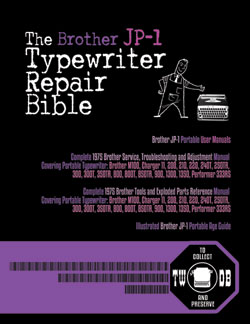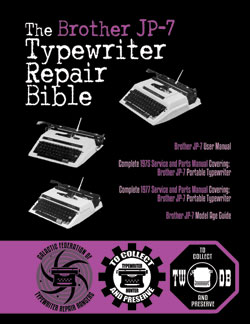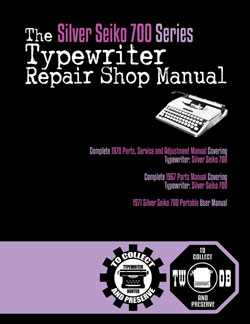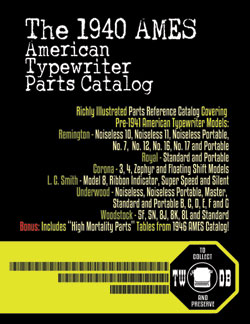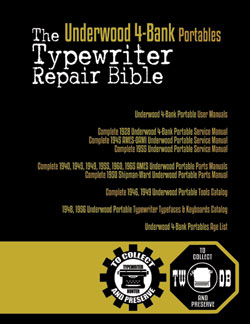1963 Siemag L8 #6802164
Status: My Collection
Hunter: Jonas Lauritsen (legofanatikeren)
Created: 07-13-2025 at 11:48AM
Last Edit: 07-13-2025 at 12:00PM
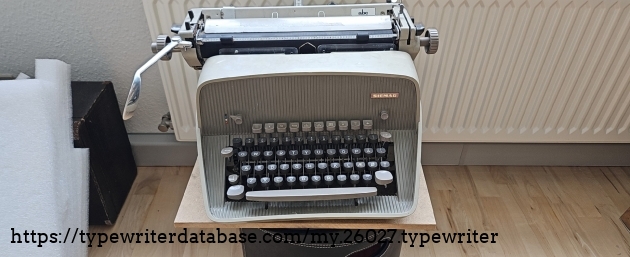
Description:
This machine is wrapped in relative mystery, and took me on a journey far longer than any other Iāve had ā for once, I had much MORE information than I expected, and it contradicted each other. So forgive this rather long anecdotal tale of the mysteries of this Siemag L8, which I believe this machine is. Since Iāve found no online manual for this, or any Siemag for that matter, I must rely on what I can see, and what others have reported for similar machines ā āsimilarā here being other Siemag models, or Stott machines which are basically the same machine, but for the Australian market, shot-lived as it was...
I found this typewriter in a huge container reserved for take-it-if-you-can-use-it, among a lot of other odds-and-ends, at my local recycling station, if you can believe it!. Presumably left by the previous owners, I took one look and without any deeper examination, my brain went āfree typewriterā, and that was it. I took it away immediately, despite its frankly ridiculous weight...
A closer look at its appearance told me that nothing seemed broken or anything, which was almost entirely true, but it had clear signs of neglect as well; it had leaves, cobwebs, dead flies, debris, dust and grime in spades - my guess would be that it had been sitting in a barn for years. The pictures you see still show a lot of grunginess, dust and rust, but all of it cosmetically, and I can assure you it was about 3 times worse before I cleaned it as well as I could, without resorting to completely splitting it apart. Itās good enough for me, at any rate.
It was fitted with original Pelican DIN 2103 spools, but curiously, one spool is made of metal, while the other is plastic ā perhaps one is a replacement? I may never know.
It has a Danish keyboard, and everything works just fine, with two exceptions; several keys are sticking, and the right side margin stop appears to have rusted in place, such that it cannot be actuated, and moved to a new position. Both issues Iām still working on, and may still fix, hopefully.
It shows clear sings of having some branding stickers or such on the top of the cover ā you can still see the residue of glue (which Iāve failed to remove, and given up on). The only identifying marks on it, apart form the faded/de-coloured SIEMAG logo on the front, is a thin metal plate on the back of the carriage that shows ā surprisingly ā a former company based in that very town! A quick look at some archival sites reveal it likely belonged to a company that printed books, which would make sense. This also means the machine in question probably never āleftā that area, since it came into use, and was now found again, which is quite interesting.
The other identifying piece of text isā¦ complicated, since it says āABCā. This ties into the main mystery that surrounds this typewriter: the dating. When was this machine made?
The typewriter I have here, contains a very clear serial number ā 6802164. Iām darn well sure this is the serial number, because itās shown not once, but THREE times on various parts of the machine ā once on the cast metal body itself, once on the assembly for the type-basket and escapement, and once on the carriage ā probably to link them together as part of the manufacturing. Yet my serial number is 7 digits, which doesnāt fit anywhere in the Siemag database. So what to do?
I had a look at the other registered Siemag L8 machine on here. But first, why L8? One place mentions that it was possibly a designation for the carriage itself and not necessarily the machine, since the Siemag model weāre talking about here has a VERY easy mechanical system integrated that makes it possible to replace/swap the carriage in seconds. But a note found on the database suggests that the L8 DOES refer to the machine itself, namely signifying the 8 distinct tabulator buttons this typewriter is equipped with. Iām leaning towards the latter explanation, but that does not help in narrowing down the actual production year...
Looking at the other L8 registered here (with a 6 digit S/N, mind!), I saw that several of the plastic components have dates of production cast into them. It seems that Siemag was very meticulous with their documentation, which is about to be part of the muddled waters of confusion for me - after looking, I now have the following dates; July 1967, January 1968, and November 1965. Which does narrow down the candidates somewhat, but then again, these could all be off-the-shelf parts and made prior to the actual typewriter itselfā¦ So I looked further...
Under the bottom of the plastic body, there is a curious little metal plaque, stamped with the information āP-297090ā. I have no idea what to do with this, as the 6 digits WOULD suggest a more conventional Siemag S/N, but why would it be placed on the plastic case of all places, and far less prominently shown than the thrice-repeated 7 digit number found everywhere on the typewriter itself? IF I shove those 6 digits into the S/N table we have on the database, it tells me it was made in... 1968? BUT if I follow that same approach for the other L8 machine on here, to verify, it should have been made in 1965 according to the table, yet it was made in 1963 according to its metal casting the owner found... I do not know what to believe, but Iām clearly no wiser, so I look furtherā¦
A note I found on the Stott L1 model, mentioned that the 7-digit (!) serial number used the first 2 digits to refer to year of manufacture, e.g. 19XX. IF, and this is admittedly a leap, IF my machine happens to follow the same trend, seeing as it is 7 digits long, then that could ALSO imply that my machine is from 1968ā¦ This would actually line up with the S/N format beginning in 1970 and ā71 for Siemag (their model 64, L8 S/N table), so there might be some precedent here. I am, however, not sure if I buy this, though it would nicely explain the dates of the plastic parts as well...
The aforementioned L8 machine already posted here, shows that the owner found a full DDMMYY date format cast into the metal body itself, and presumably used that information to date the machine above all else. After asking for help finding that position on my own typewriter (thank you!) I see the following: 63.
Just 63. IF this particular spot is indeed reserved for dating information, then I must presume that it stands for 1963? Giving me only the YY, as it wereā¦
But if that is the case, why does it contain plastic coverings made later on? The only logical explanation is that every single dated plastic components was retrofitted only a few years later as repairs/replacements? Far-fetched, but possible, in my opinion.
There is also the, admittedly baffling, inclusion of the ABC logo I mentioned earlier. Where other machines would have āL8ā shown here, which would make a ton of sense, I get āABCā insteadā¦ Itās clearly on there, and there is indeed several Siemag typewriter models labelled ABC out thereā¦ But none of them come close to matching he features, aesthetics, or general appearance as this ā the machine I have on hand, is clearly NOT a Siemag ABC portable machine like the others, so what gives? I have no clue, but it hardly clears anything upā¦
In the end, I stick to the presumed 1963 date cast into the metal, as it seems to have been reserved for dating the main cast body. Though I would be VERY interested in any remarks, insights comments etc. from anyone that may know something :)
Speaking of (not) knowing something, I have two other, minor mysteries left; the center of the left-side platen knob can be depressed like a button, but I donāt see any effect or reaction, and I have no idea what it does? The other is the lever on the right hand side, behind the platen knob ā it can be set to several different numbers, and yet I donāt see any effect or reaction. I guess it has something to do with paper, maybe as an indicator for when youāre reaching the button of the page? But I have no idea.
If anyone knows anything about anything, let me know :)
Typeface Specimen:

Photos:
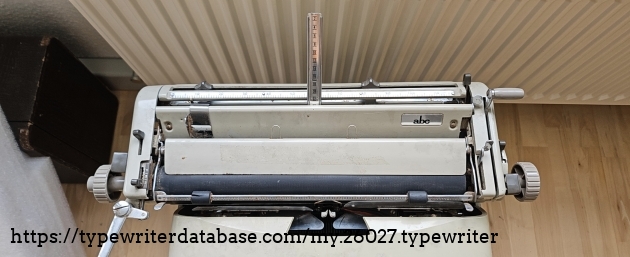
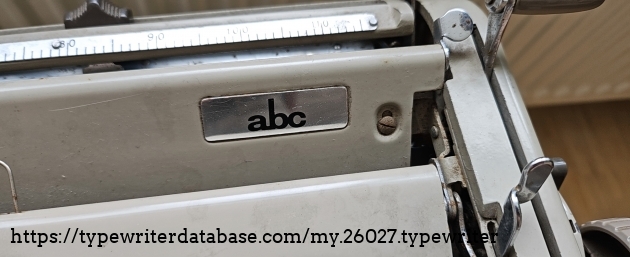
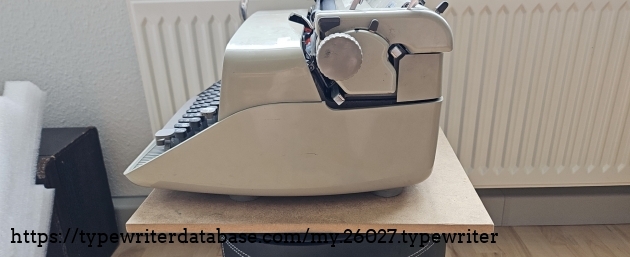
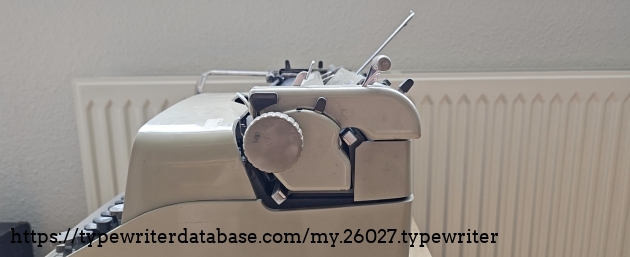
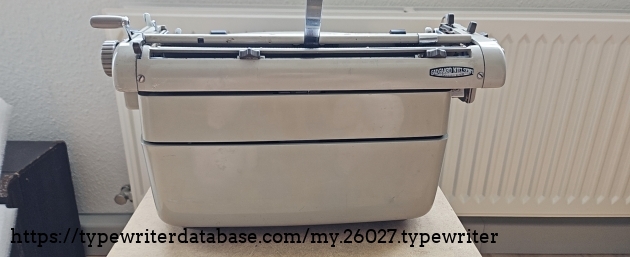
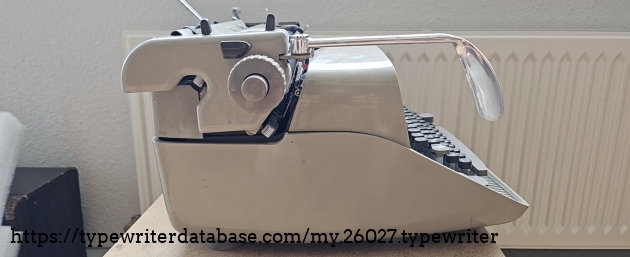
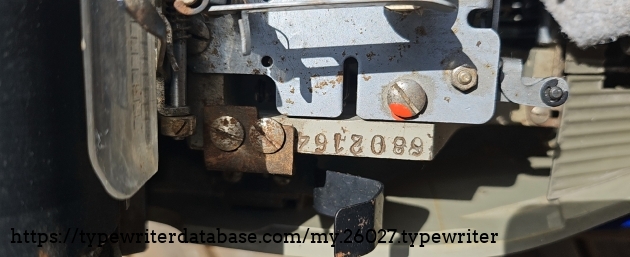
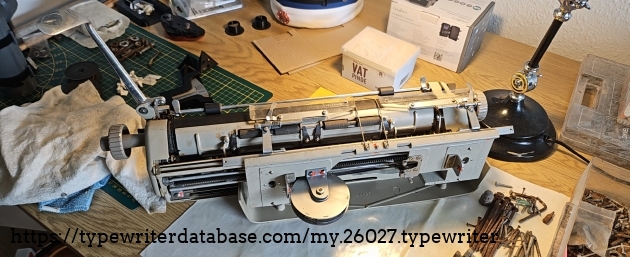
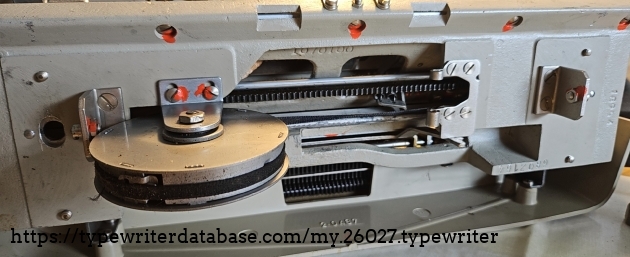
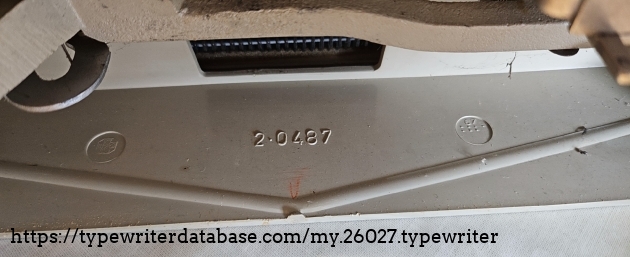
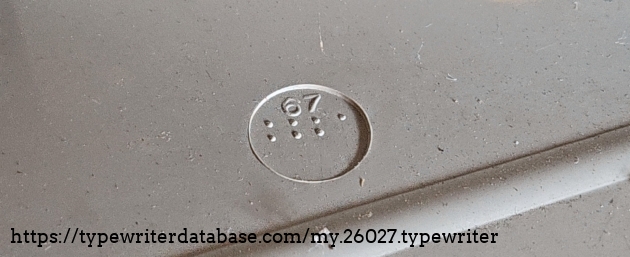
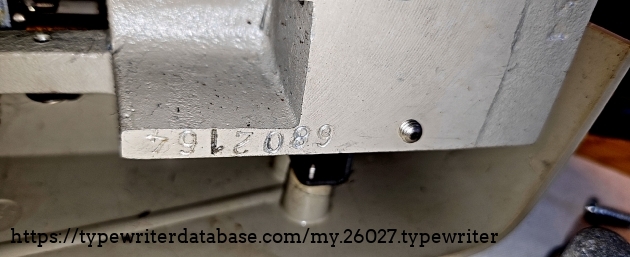
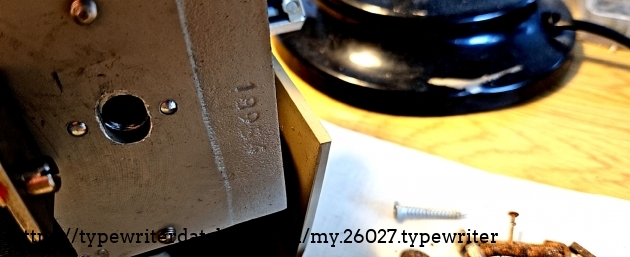
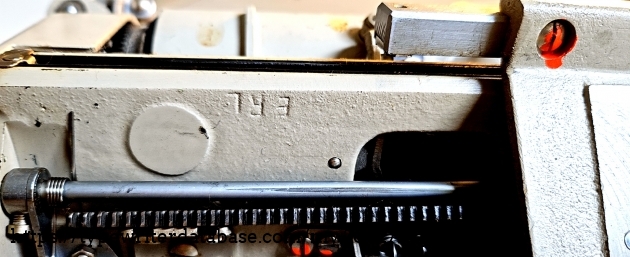
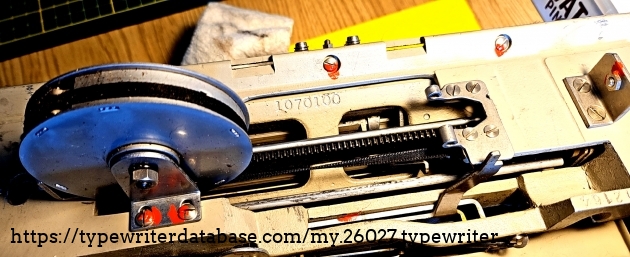
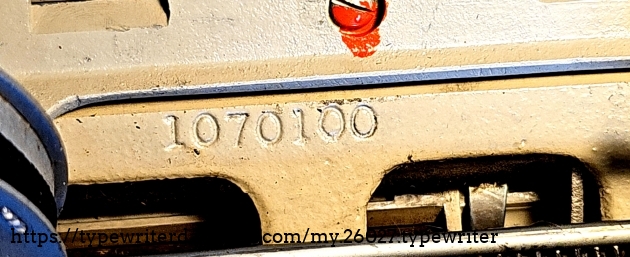
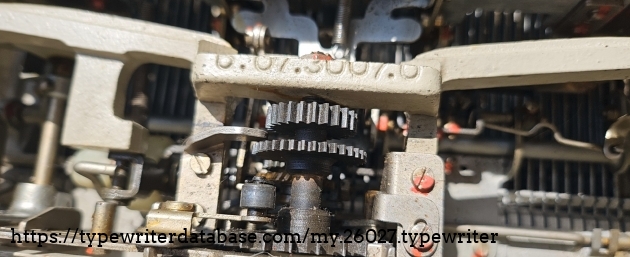
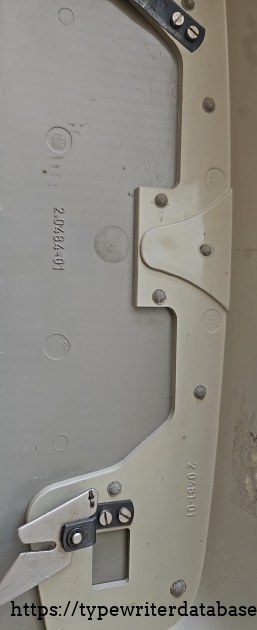
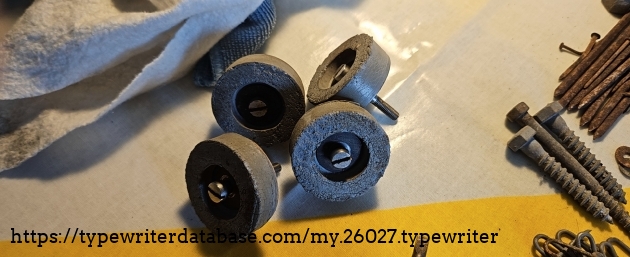
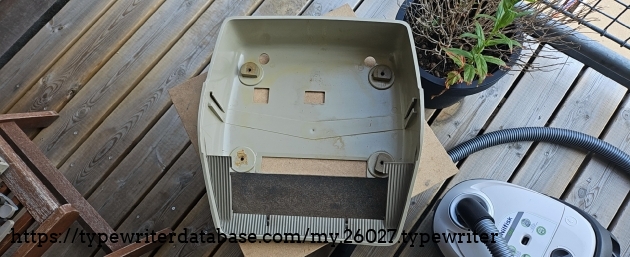
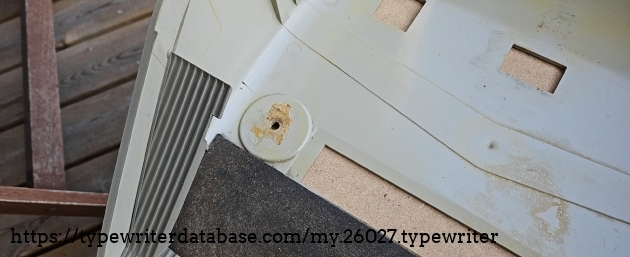
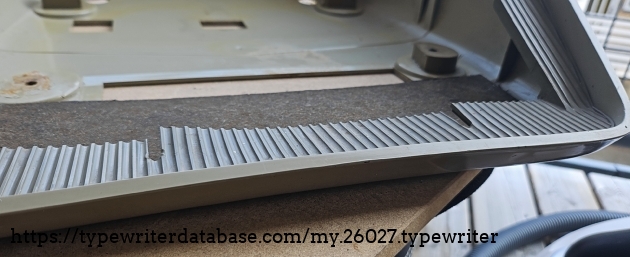
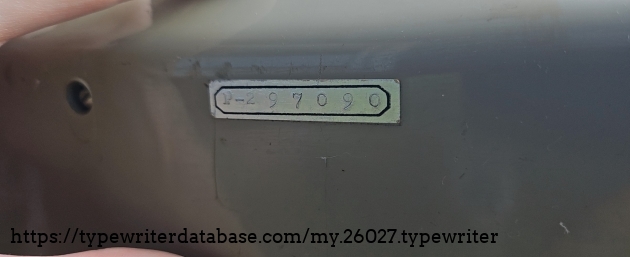
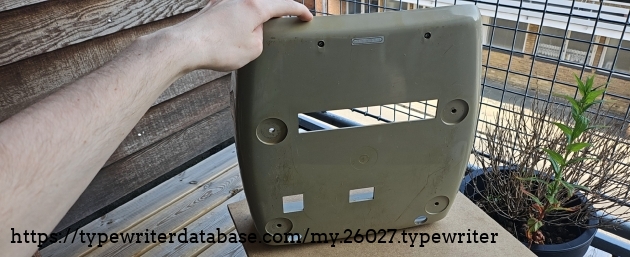
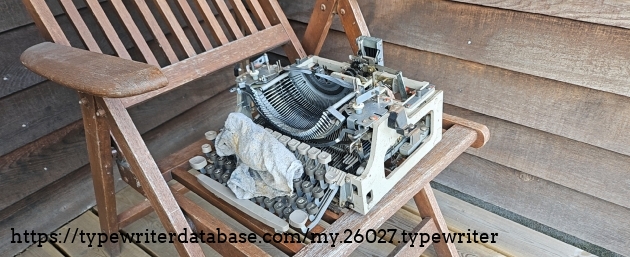
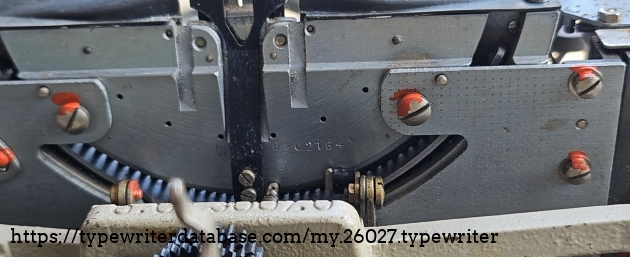
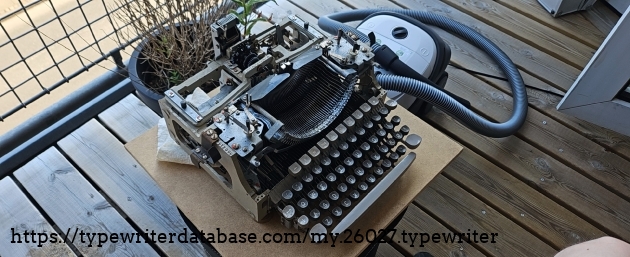
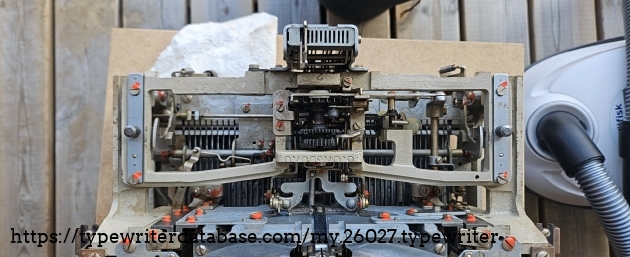
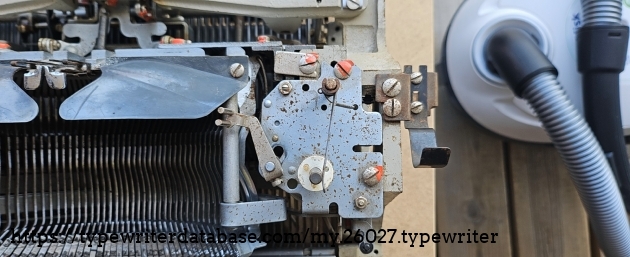
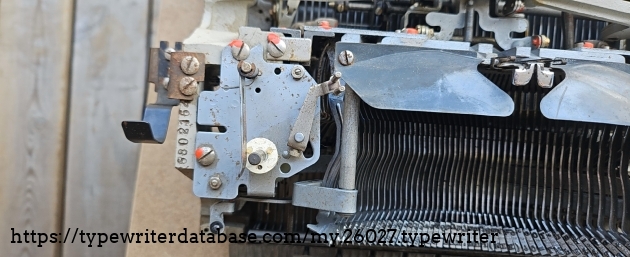
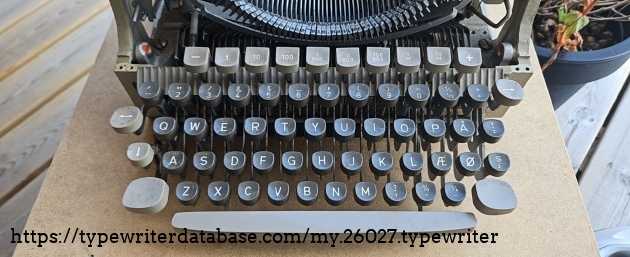
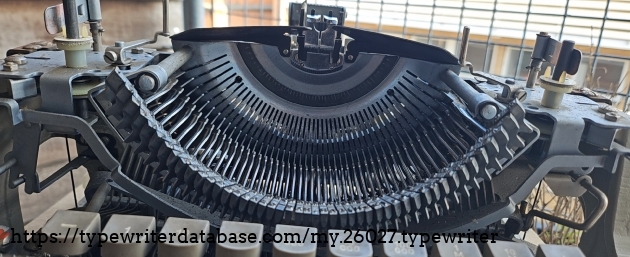
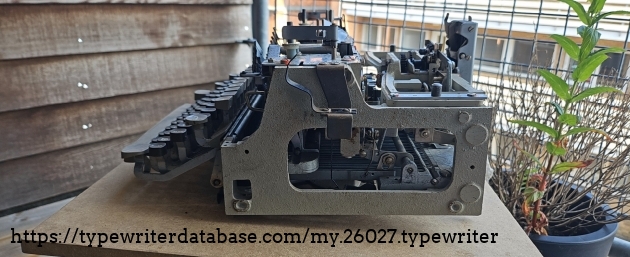
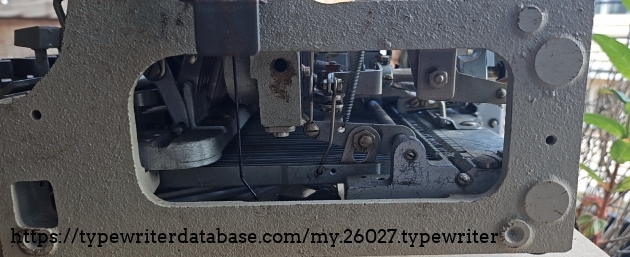
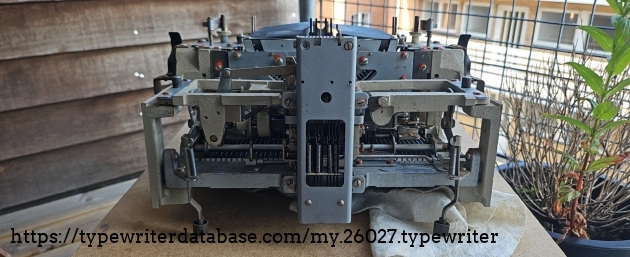
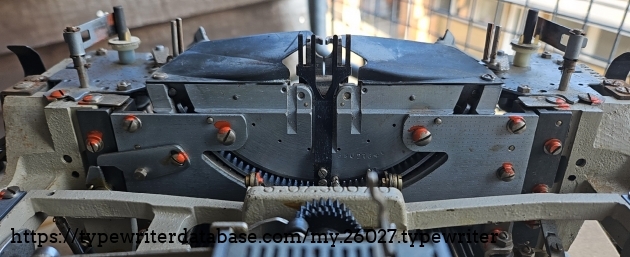
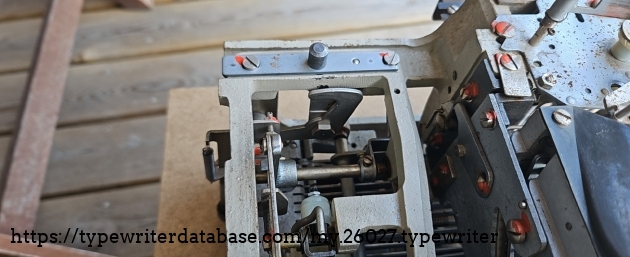
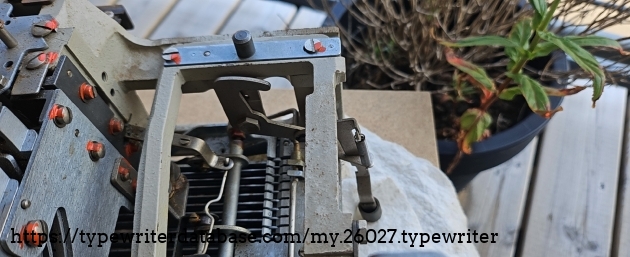
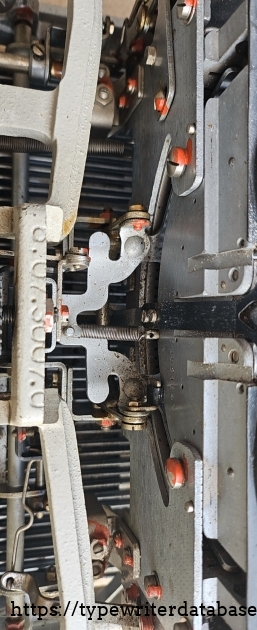
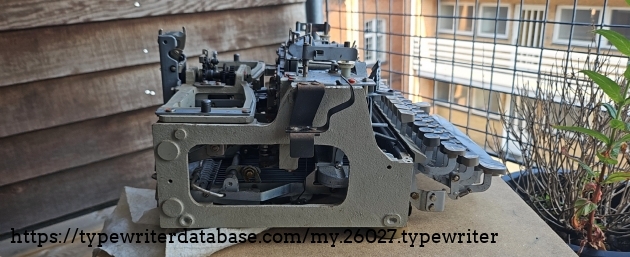
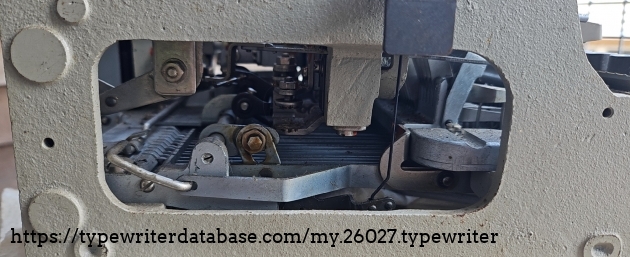
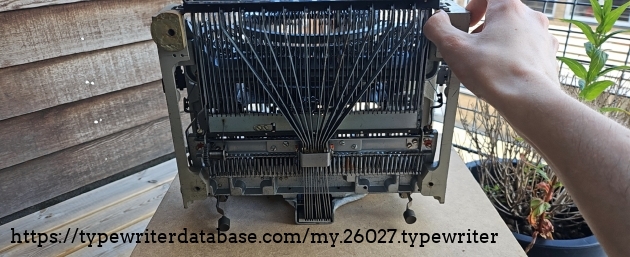
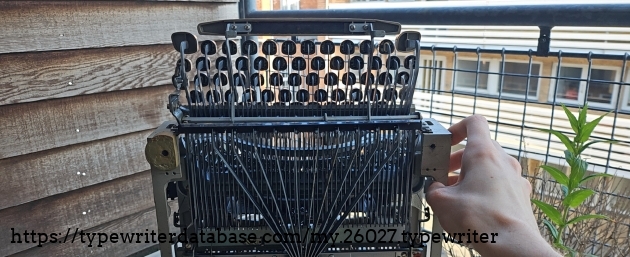
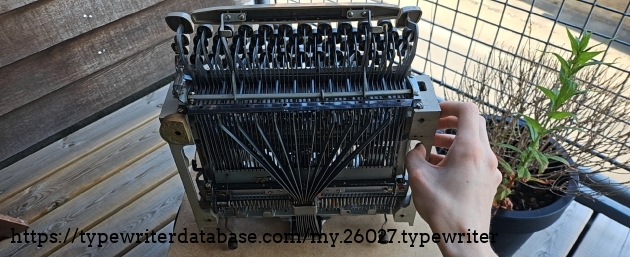
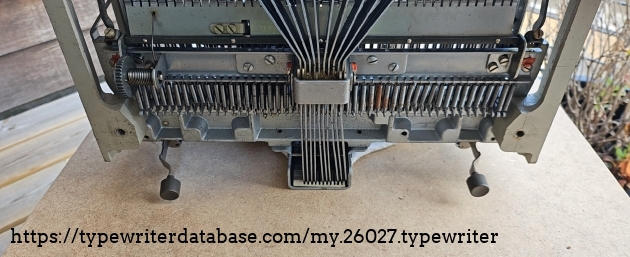
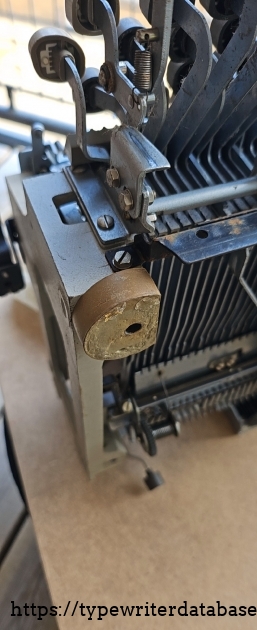
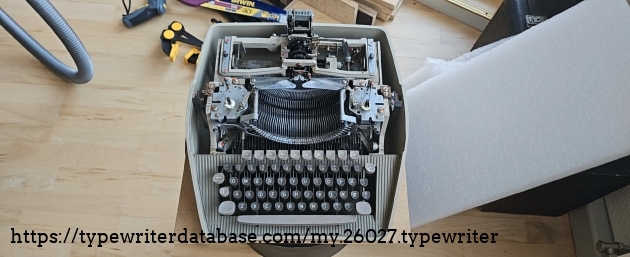
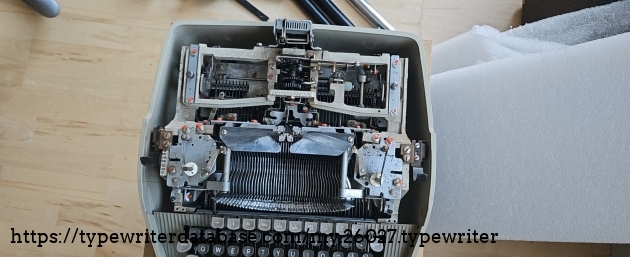
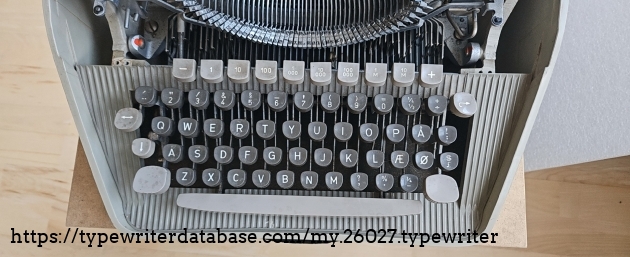
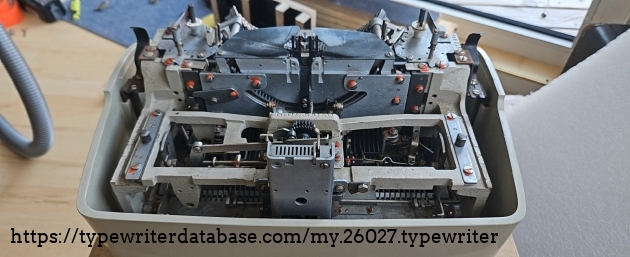
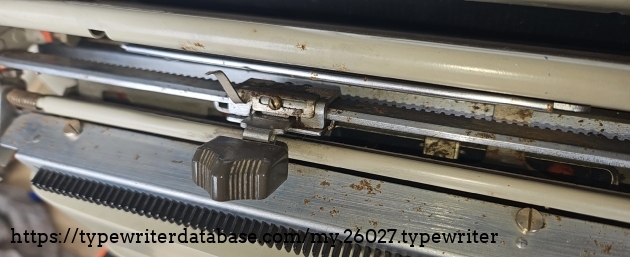
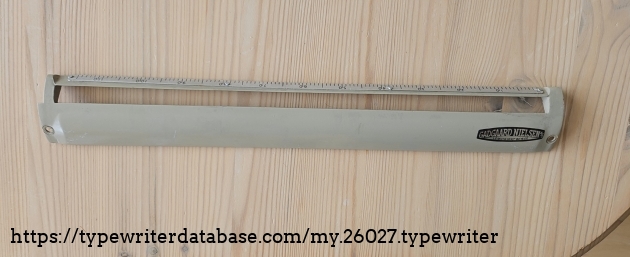
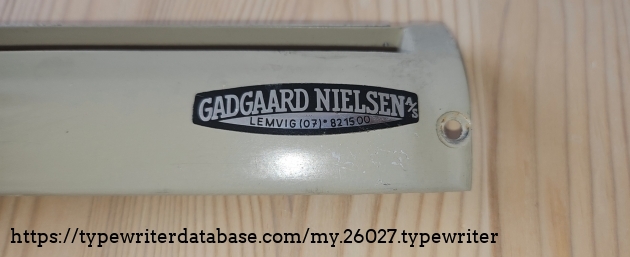
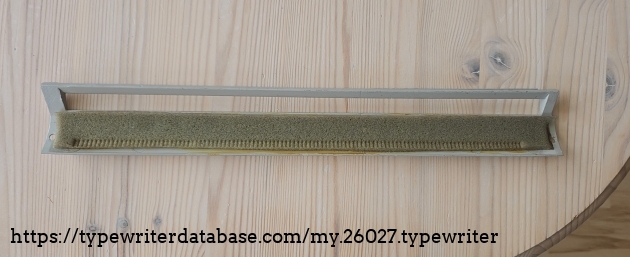
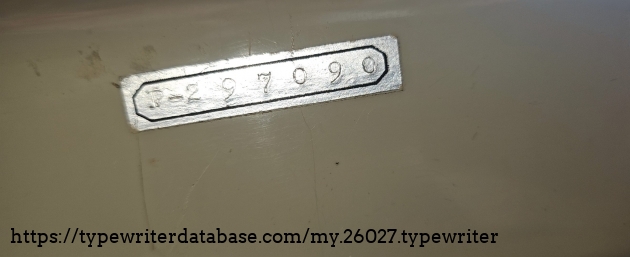
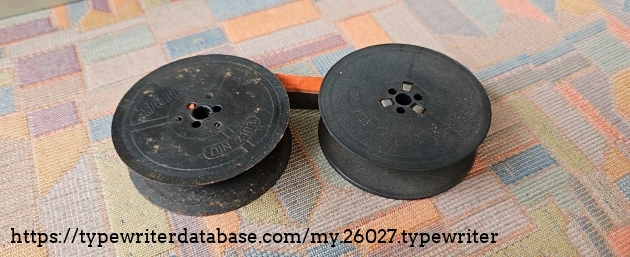
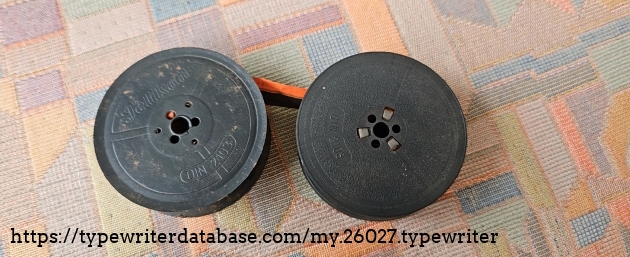
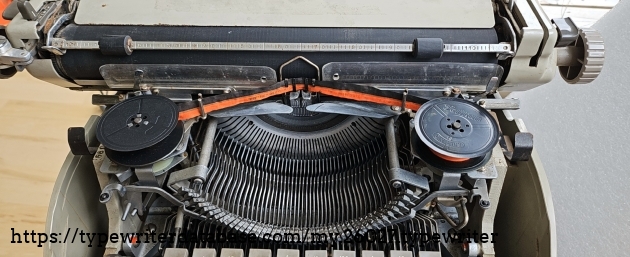
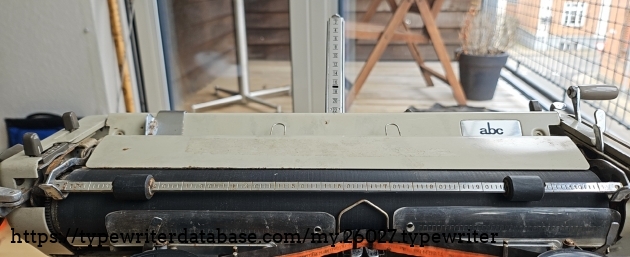
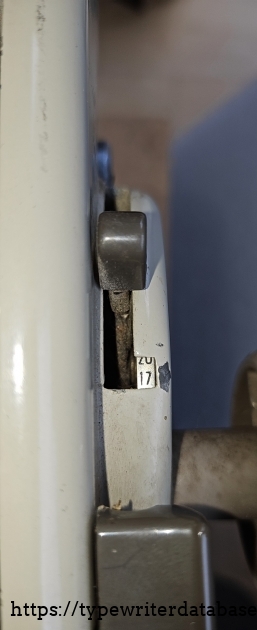
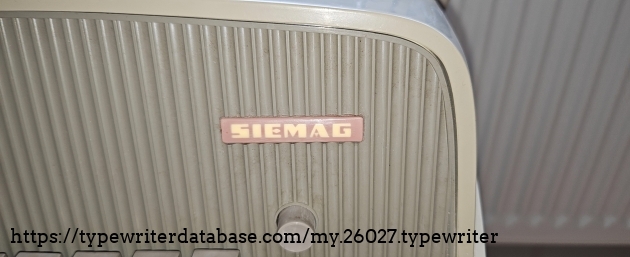
Hunter: Jonas Lauritsen (legofanatikeren)
Jonas Lauritsen's Typewriter Galleries [ My Collection ] [ My Sightings ]
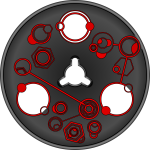
Status: Typewriter Hunter
Points: 950
Casual collector of replica flintlock pistols, and in that same vein, picked up a couple of typewriters through the years - as a mechanical engineer, I could not resist.
RESEARCH NOTE: When researching the Siemag L8 on a computer with lots of screen real estate, you may find that launching the Siemag Serial Number page and the Siemag L8 By Model/Year/Serial page in new browser windows can give you interesting perspectives on changes throughout the model series.
